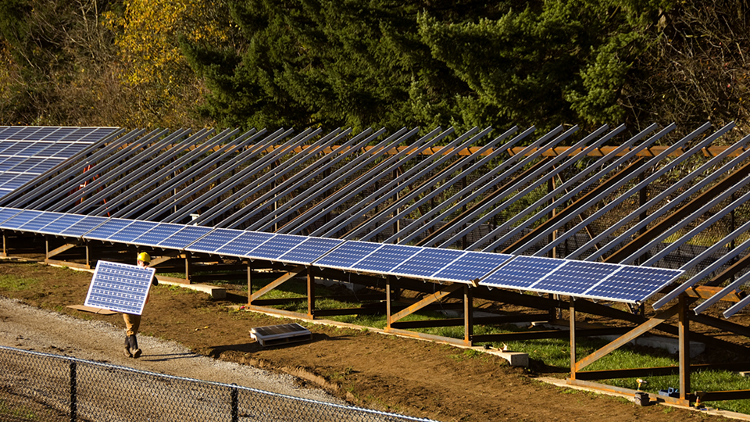The Challenge
There are a variety of local, state and federal policies in place designed to promote the adoption of photovoltaic or solar power systems in the United States. Examples include the federal Residential Renewable Energy Tax Credit, the California Solar Initiative rebates and the Los Angeles Department of Water and Power (LADWP) Net Metering program. These policies operate by reducing the economic barriers to solar power adoption, while other potential strategies like public outreach focus on educating the general public on the economic and social benefits of solar adoption. like public outreach focus on educating the general public on the economic and social benefits of solar adoption.
Ultimately, the adoption of solar power in residential settings depends on many factors, including finance and homeowners’ perceptions and social influences, as well as regulatory and technological factors. These confounding factors influencing residential solar power adoption rates are far too complex to be fully analyzed using traditional economic models. Thus, a new method is needed to better understand what policies are most effective at increasing solar power adoption in residential areas.
The Solution
Agent-Based Models (ABM) simulate a population of virtual people having unique attributes, preferences and decision-making rules. Through a literature review and survey, the research team developed an ABM to evaluate various policies to promote the adoption of residential solar power in Los Angeles County. The research team incorporated economic, demographic and geographic factors in their survey, and also covered social influences, homeowner attributes and their traits. The survey was carefully designed to serve as inputs to the model and represent the county residents’ perceptions of solar power. The team also conducted exploratory interviews with solar installers to broaden their understanding.
A series of model simulations will be performed to understand the patterns of technology adoption under different policy scenarios. Using the ABM, the team will identify policies and market mechanisms that will increase the likelihood of adoption and rate of transition to renewable solar energy in Los Angeles County.

Topics
Research Team
Timothy Malloy
School of Law
Sustainable Technology & Policy Program
malloy@law.ucla.edu
Charles Corbett
Operations Management & Sustainability, Anderson School of Management
charles.corbett@anderson.ucla.edu
Benjamin Nyblade
School of Law
nyblade@law.ucla.edu
Andrea Hicks
Civil and Environmental Engineering, University of Wisconsin–Madison
hicks5@wisc.edu
Hal Hershfield
Marketing, Anderson School of Management
hal.hershfield@anderson.ucla.edu




